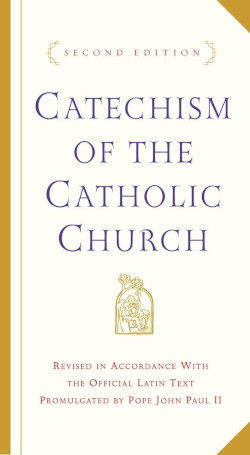Book Review – J. P. Moreland's “Scientism and Secularism”
J. P. Moreland is a seasoned Christian philosopher who has provided the Church with some very good tools in defense of the Faith and the Christian Worldview. He has been Professor of Philosophy at Biola for many years. This timely book is most welcome as it engages one of the most pernicious false ideas that has arisen from man’s innate hatred of God (Rom. 1:18-25).
 The following is an excerpt from the Catechism of the Catholic Church, Articles 74-83:
The following is an excerpt from the Catechism of the Catholic Church, Articles 74-83:
Discussion